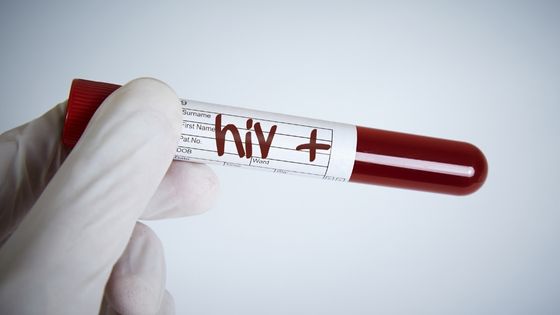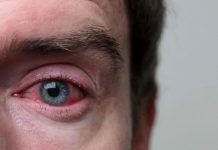These days, HIV may be treated and kept under control with the help of pharmaceuticals. Taken consistently, antiretroviral medication (ART) can reduce viral loads to undetectable levels in the blood of people infected with HIV. Long, healthy lives are possible for them. When they do, it’s usually very rare to other individuals.
However, even if you have HIV and are taking ART medicines, the virus will still be present in a pool of cells. If antiretroviral therapy (ART) is discontinued, the viral reservoir might fill up again, and the infection can spread. However, at present, HIV infection cannot be cured entirely.

Scientists are optimistic that a solution can be found. However, we must discover a method to eradicate the virus or maintain remission that does not involve taking ART daily.
Maintaining an extremely low viral load in the blood by starting and sticking with HIV treatment. This helps you stay fit and healthy and reduces your risk of illness. In addition, it helps much in avoiding issues in the first place. A person with HIV who takes their medication regularly and achieves and maintains an undetectable viral load is improbable to transmit the virus to a partner who does not already have HIV. This method of care is known as “treatment as prevention.”
HIV attacks the immune system, making you more susceptible to deadly infections and malignancies if left untreated. If your CD4 count is too low, you may be at risk of developing an opportunistic infection. Certain infections typically only affect those with compromised immune systems but can also affect those with HIV. Your doctor might recommend meds to forestall diseases.
Knowing what to expect and being prepared to take your medications exactly as your doctor instructs will significantly increase the success rate of HIV treatment. Making a treatment plan with your doctor might help you understand HIV and manage it better. A 66-year-old man is the fourth person to be cured of HIV recently.
One of the most challenging aspects of studying HIV is that the virus can move fast through the blood and then become lodged in cells and tissues all over the body, where it is not detected by the immune system and can remain even if the virus is halted.
Since the virus does not actively replicate, antiretroviral medications have little effect on it. Instead, the host cell transports it as it duplicates itself.
A cure requires the virus to be in remission. This necessitates addressing multiple issues simultaneously. Researchers have coined this approach the “kick-kill” method in recent years due to its dual focus.
Since HIV can replicate rapidly, this rapid replication can result in mutations and new strains, making it impossible to study HIV in isolation. HIV requires slightly more than 24 hours to complete its self-replicating cycle.
While copying itself is quick, it’s not extremely precise. As the virus travels from one host to another, it creates many variant copies, mutating and giving rise to new strains.
For instance, the HIV-1 virus has thirteen unique subtypes and sub-subtypes that are related geographically. Diversity within subtypes ranges from 15 to 20 percent, whereas variation across subtypes can reach as high as 35 percent.
Not only is the development of a vaccine complicated by this fact, but also the fact that sure of the altered strains are resistant to antiretroviral therapy (ART), which indicates that some persons have more dangerous mutations of the virus.
Despite this, researchers continue to work toward discovering an HIV cure.

















